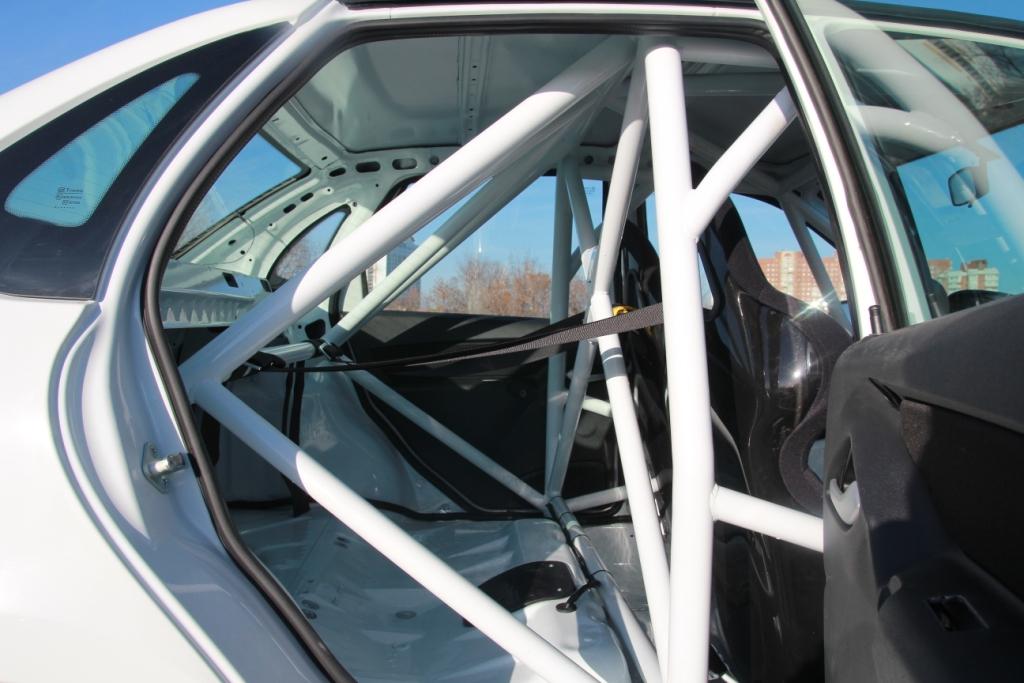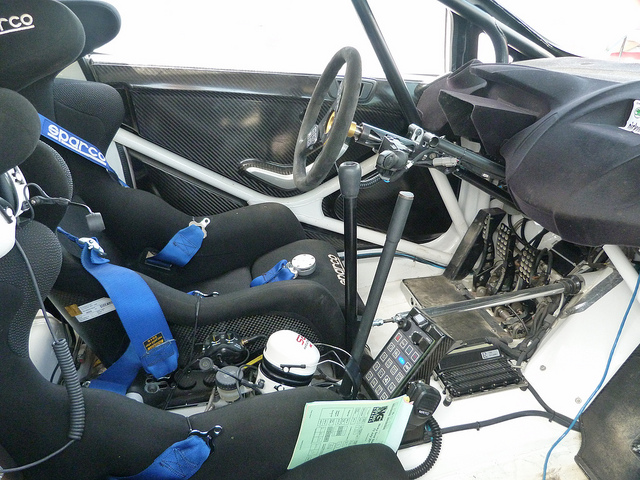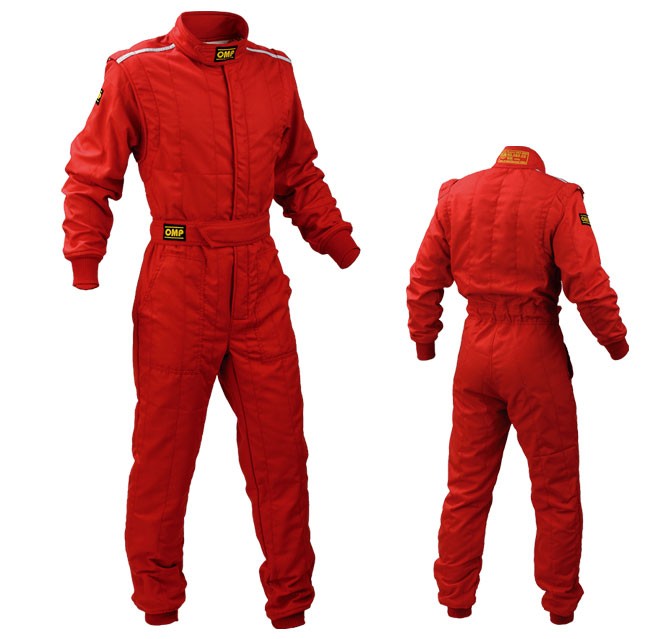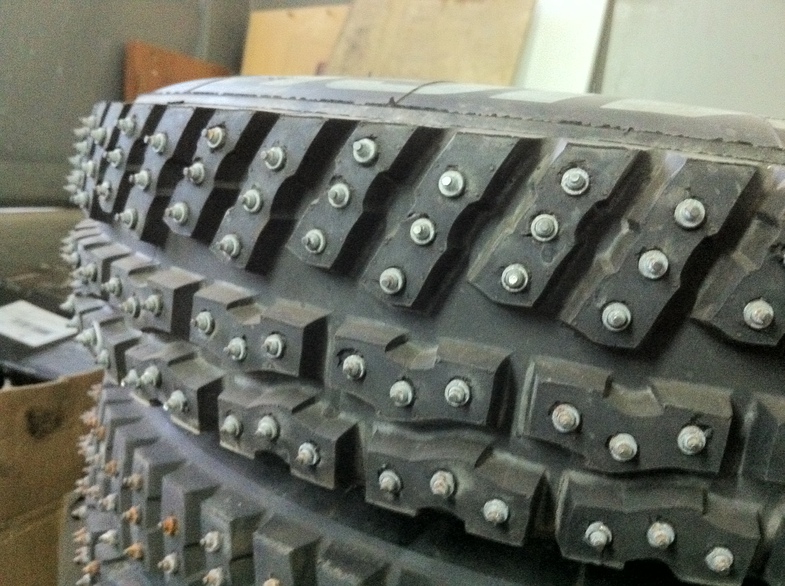How to build a rally car?
How to build a rally car?
You will need:
Civil version of the car
safety cage
Components for engine and transmission
Welder
Hand tool
Instruction.
1. Preparatory stage.
First you need to decide on the base model of the car that will form the basis of your future rally car. The machine must be competitive and not expensive to maintain, and spare parts for it must be obtained easily and in the shortest possible time. Therefore, the best options are: Ford, VW and Honda. Let's talk about the Ford Fiesta as an example.
Next, select the class (group) in which the car will compete. This depends on the investment and the level of available activities. The car can be made in accordance with the rules of local series ("Luga Frontier"), where the requirements are minimal, or - "on the highest level", up to the WRC class (here the budget will be space). We will take the rules of the RAF (KiTT 2015)
2. Safety.
Whatever rally regulations you take, there will always be a need for a safety cage in one form or another. For all cars of international and national groups, safety cages must meet the requirements of the FIA (clause 8, Article 253 of Appendix “J” to the FIA ISC) and Appendix 14 to the CIT 2015. In rally sprints in the North-West Federal District, a bolted (removable) cage is allowed, in all other competitions - only a welded one! He must also have a homologation (nameplate with date and code on the pipes), without it the Technical Inspector will not let him enter the competition.

There are two options for installing the frame: weld it yourself by buying the necessary parts in a specialized motorsport store (abroad), or give the car to a licensed company. Before welding the frame, it is necessary to pull the entire interior out of the car so that “bare walls” remain.
A couple more points for safety: you need to make a fire extinguishing system (sold in stores) or install a fire extinguisher, and purchase five-point belts, also with valid homologation.

If your skill level is high, then you can "play" with the settings of the car. With the right tuning, the standard Fiest engine can take an extra 20 horsepower off. Then we sort out the suspension, install sports shock absorbers and springs, you can increase its travel. Change brake discs and pads. We throw out the box and put sequential or cam. But here we must understand that maintenance costs will immediately increase, and spare parts will have to be searched for a long time and hard.

4. Ammunition and equipment.
Remember, there are two of you in the team: the pilot and the assault, so everyone should be comfortable. The location of the intercom, sling cutters and fire extinguishing button should be optimal for both. The navigator's seat is always slightly lower and deeper in the car in order to have maximum protection in case of an accident.
The pilot needs: shoes, fireproof overalls, underwear, helmet, hans (hybrid) (not always) and gloves. The navigator is almost the same, plus: a notebook for notes, an office and a bag for documents. All equipment must have a valid homologation!

5. We direct marafet
The car must have special stickers: arrows pointing to the eye and to the “mass key”, as well as the obligatory stickers of the organizers, they will be given to you at registration before the race. Don't forget about tires! For dirt tracks, special rubber with a deep checker is sold, for asphalt - slicks, and for snow and ice - winter tires with a “combat” spike.

Attention!
When building a car, be sure to consult with experts, always check with the current regulations and rules, do not try to “knock off” or “sharpen” - motorsport is deadly! The right car is the key to your safety.
